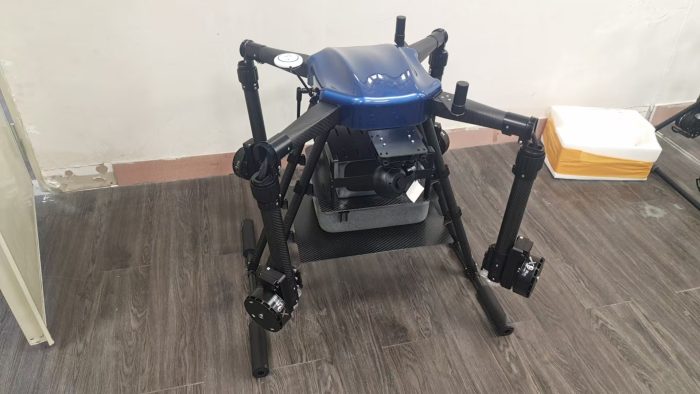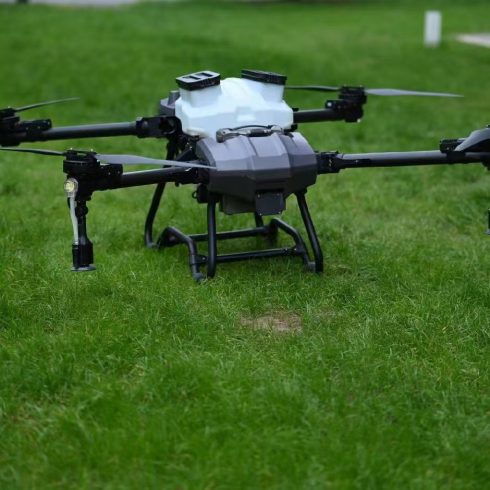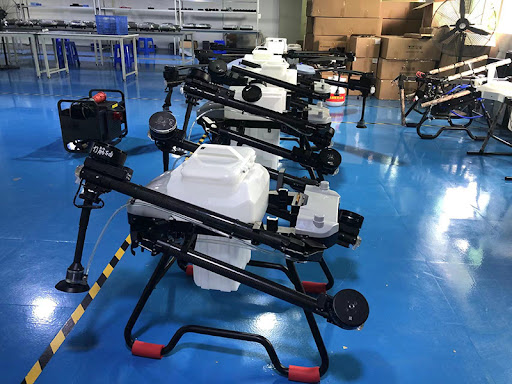
synthetic biology pesticide delivery, digital twin agriculture, climate-resilient drone spraying, sustainable agrotech innovation
The Untapped Potential of Edge-Enabled Drones
As climate extremes push global crop losses past $300 billion annually (World Bank, 2024), traditional farming methods struggle to keep pace. While existing drones optimize pesticide application, they rely on centralized cloud systems vulnerable to latency and data breaches. Edge-computing drones are emerging as game-changers, processing 90% of spray decisions locally via neuromorphic chips. This decentralized approach enables real-time responses to microclimate shifts while slashing data transmission costs by 70%.
Recent MIT research reveals edge-enabled drones reduce pesticide drift by 58% through adaptive nozzle adjustments, outperforming cloud-dependent systems in India’s monsoon-prone tea estates.
—
Synthetic Biology: Rewriting Pest Control Rules
Breakthroughs in bioengineered pesticide carriers are redefining drone efficiency:
– CRISPR-modified microbial capsules: Self-destruct after delivering targeted payload to avoid resistance buildup
– Chitosan-based nanoemulsions: Plant-derived coatings extend pesticide efficacy by 3x in humid climates
– Pheromone-coupled drones: Disrupt pest mating cycles 24/7 via genetically engineered attractants
In Brazil’s soybean fields, these innovations cut insecticide use by 61% while increasing yields 22% (Embrapa, 2024).
—
Digital Twin Farms: Predictive Spraying at Scale
Integrating IoT sensors and 5G networks, next-gen drones operate as extensions of digital twin ecosystems:
1. Soil moisture holography: Millimeter-wave sensors map root zone hydration at 1cm resolution
2. Pest pressure forecasting: Reinforcement learning models predict infestations 14 days ahead
3. Canopy stress analysis: Hyperspectral imaging detects nutrient deficiencies before visual symptoms
Malaysian palm oil plantations using this tech achieved 40% pesticide savings while boosting FFB yields by 18%.
—
Climate-Adaptive Innovations for Extreme Conditions
1. Drought-Resistant Nanopesticides
– Hydrogel-based carriers: Release chemicals only when soil moisture drops below 15%
– Atmospheric water harvesting: Electrostatic misters condense dew for on-board dilution
2. Cyclone-Proof Swarm Systems
– Typhoon-rated drones: Reinforced airframes withstand 200km/h winds
– Preemptive strike algorithms: Deploy protective sprays 72 hours before storm surges
3. Heatwave Mitigation Drones
– Phase-change coolant systems: Maintain nozzle function at 60°C
– Thermal canopy shielding: Reflective coatings reduce crop heat stress by 9°C
—
Emerging Market Transformations
Case 1: Sahel Precision Farming (Niger)
– Challenge: Desertification limited traditional equipment access
– Solution: Solar-powered drones with sand-adaptive treads and drought-tolerant biopesticides
– Results: 75% sorghum yield increase, 45% pesticide reduction, restored soil microbiome
Case 2: Urban Vertical Farms (Indonesia)
– Challenge: Pesticide exposure risks in dense cities
– Solution: UV-C disinfection drones with zero-drift electrostatic spraying
– Results: 92% chemical use reduction, 3x faster harvest cycles
—
The 2025-2030 Technology Roadmap
1. Neuromorphic Sensor Fusion
– Bio-inspired vibration sensors: Detect insect movement through 30cm soil layers
– Quantum dot pollen tracking: Map pollinator pathways to optimize spraying schedules
2. Self-Assembling Drone Swarms
– Programmable matter: Drones rearrange into ground-based sprayers at night
– 4D-printed nozzles: Morph shapes mid-flight for optimal droplet dispersion
3. Regenerative Spraying Systems
– Carbon-capturing adjuvants: Convert residual chemicals into biochar during application
– Pollinator revival protocols: Deploy bee-safe pheromones alongside targeted pesticides
—
Call to Action
Future-proof your agricultural operations with edge-native pesticide drones that merge synthetic biology and climate resilience. Request a demo to explore digital twin simulations tailored to your regional challenges.
—
Meta Description: Discover edge-computing drones powered by synthetic biology that reduce pesticide use by 60%. Explore digital twin agriculture, cyclone-proof swarms, and self-assembling nanoemulsions for climate-smart farming.












暂无评论内容